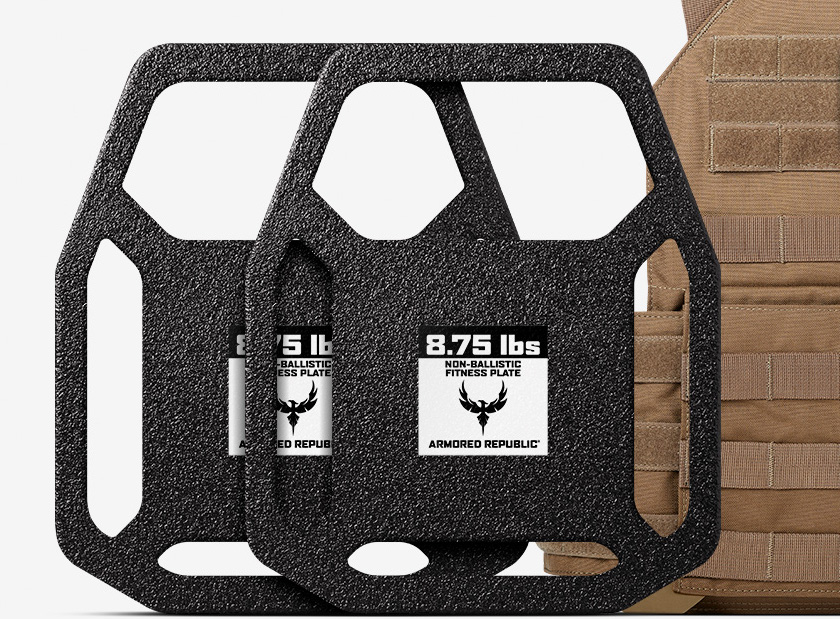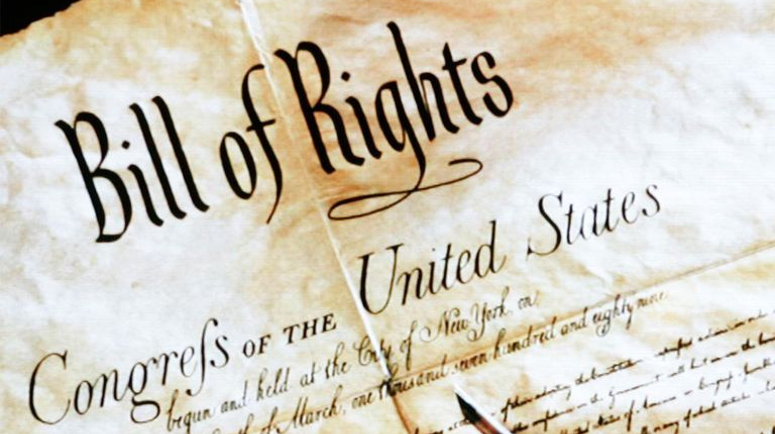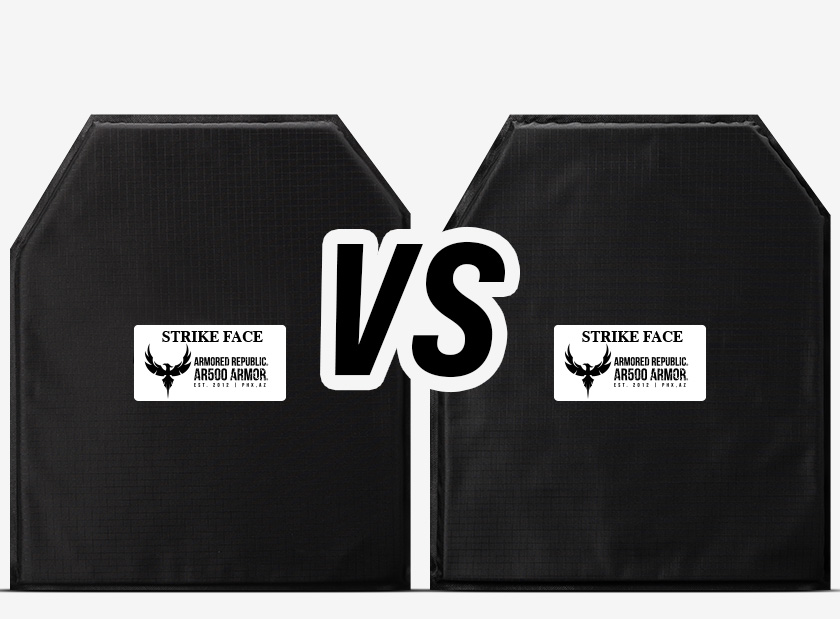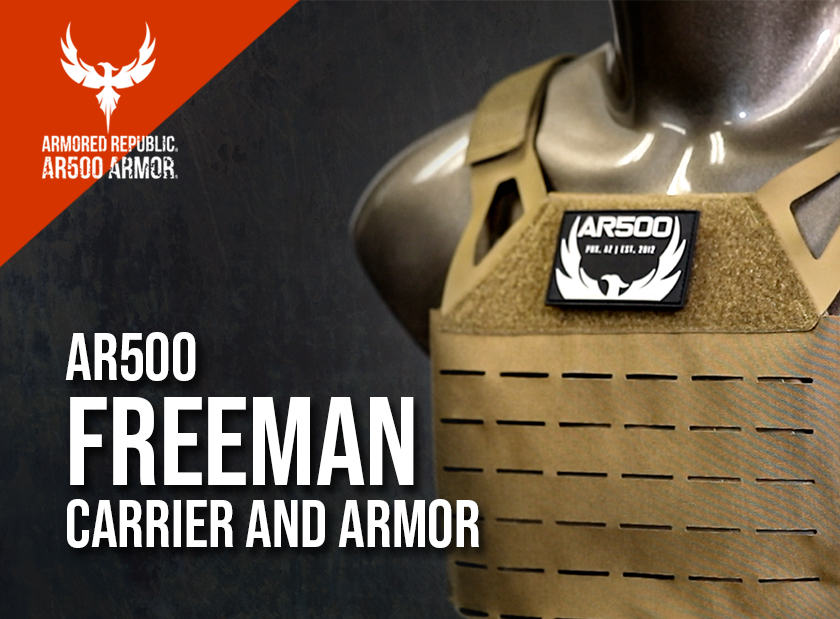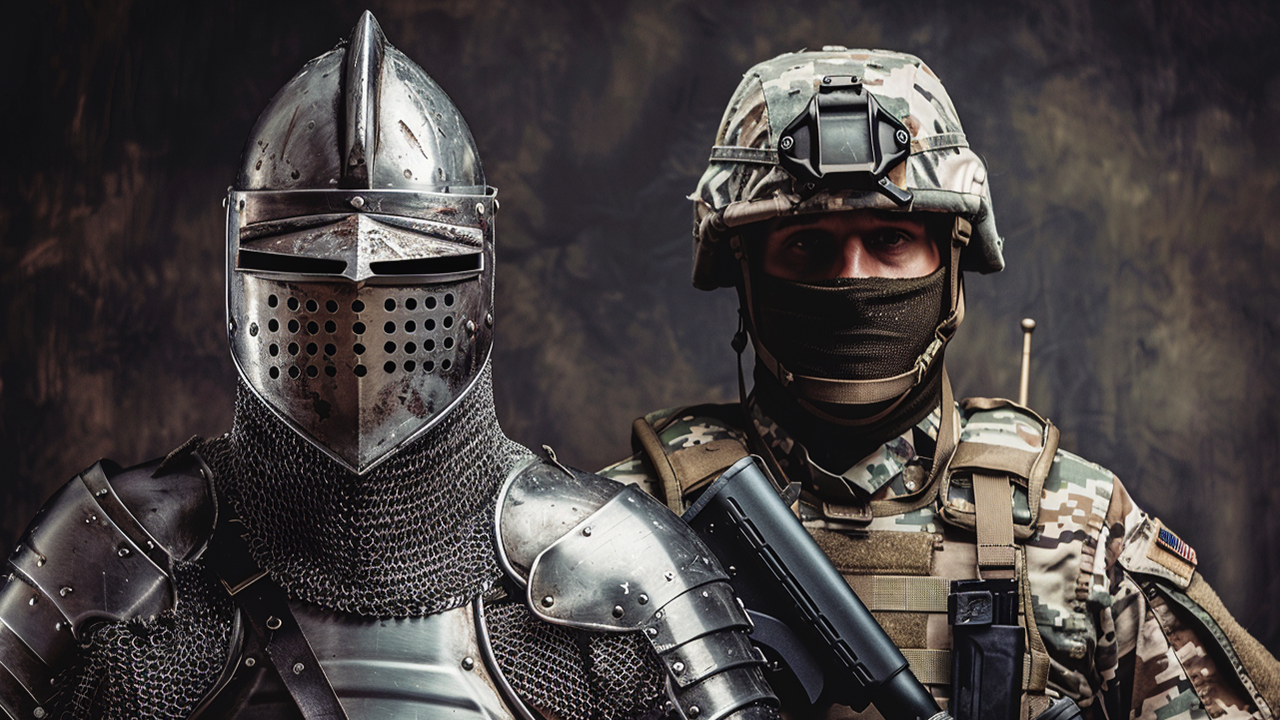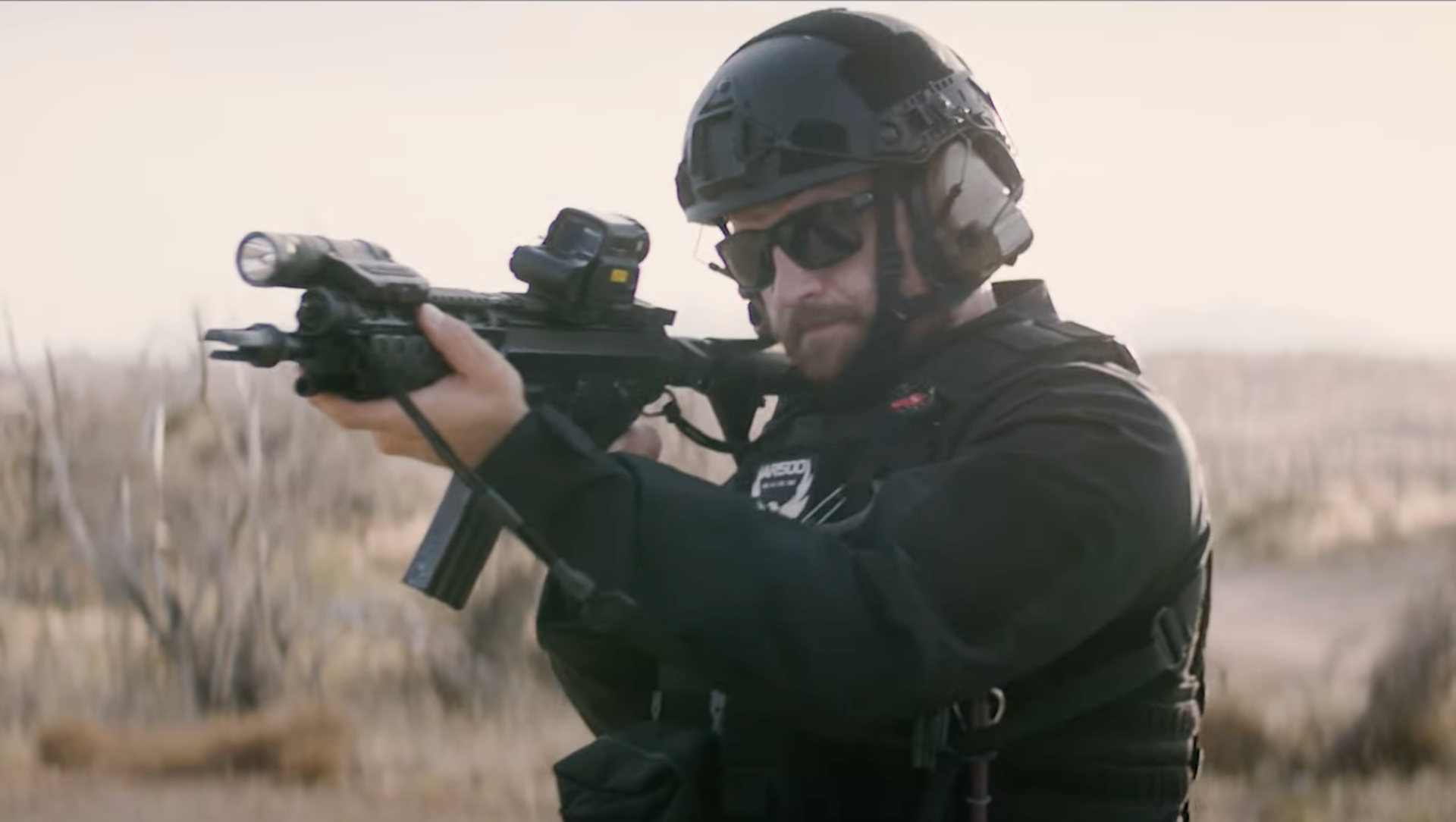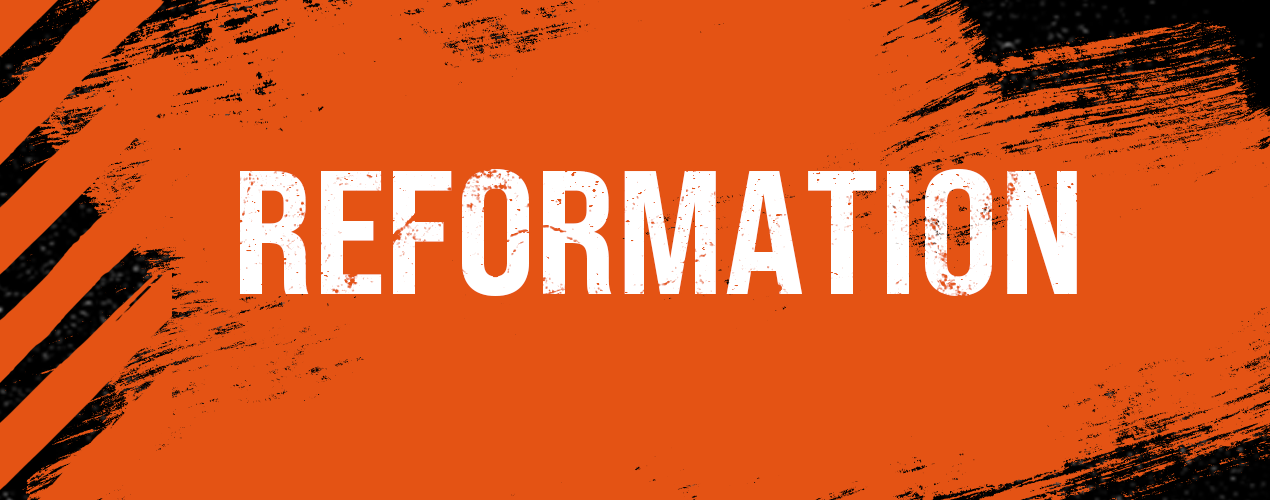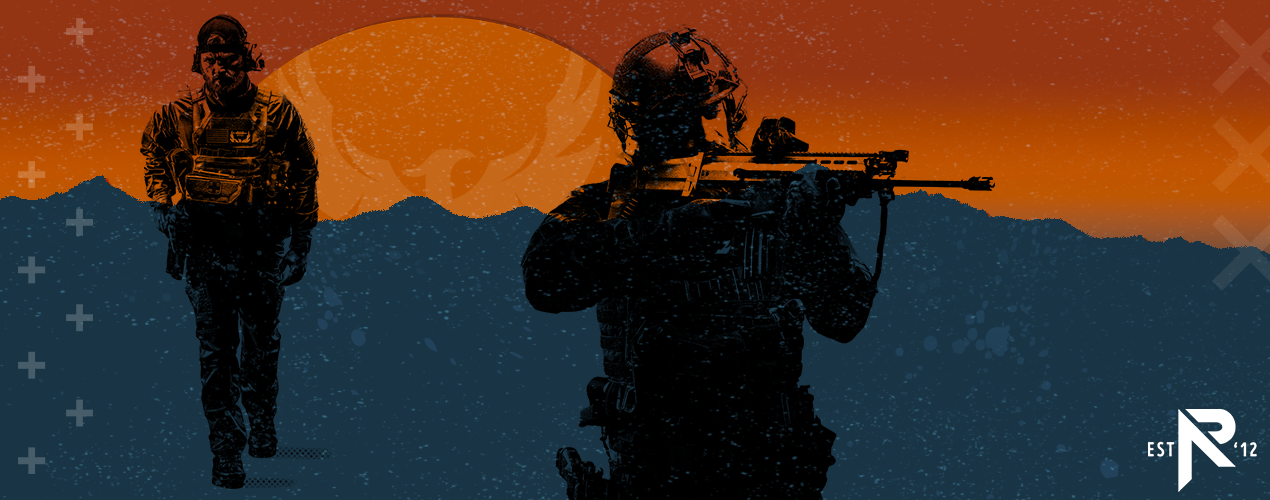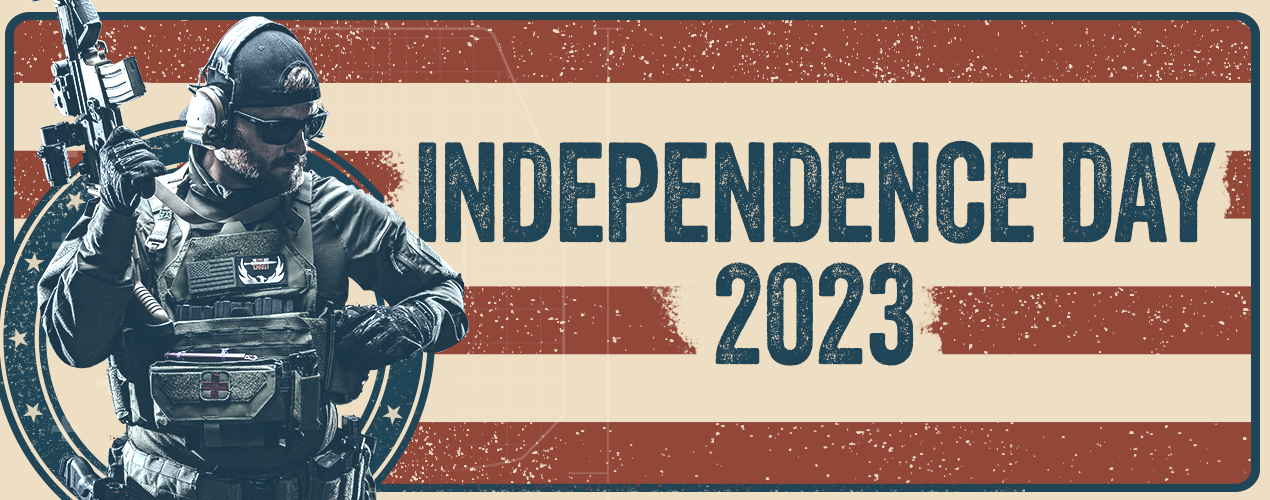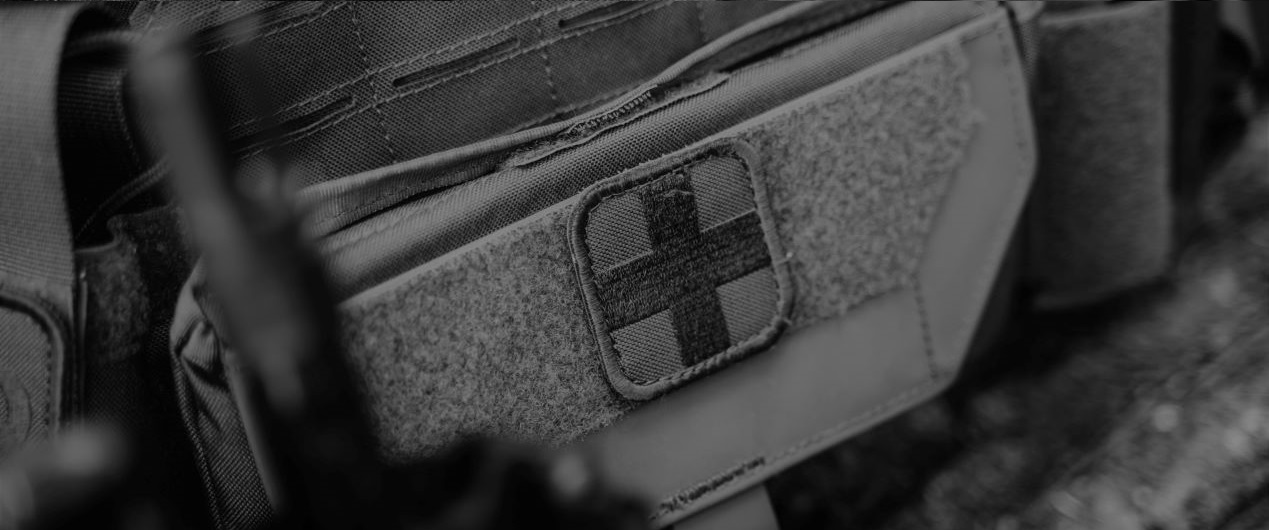Steel vs. Polyethylene Armor Plates
- Feb 4, 2021
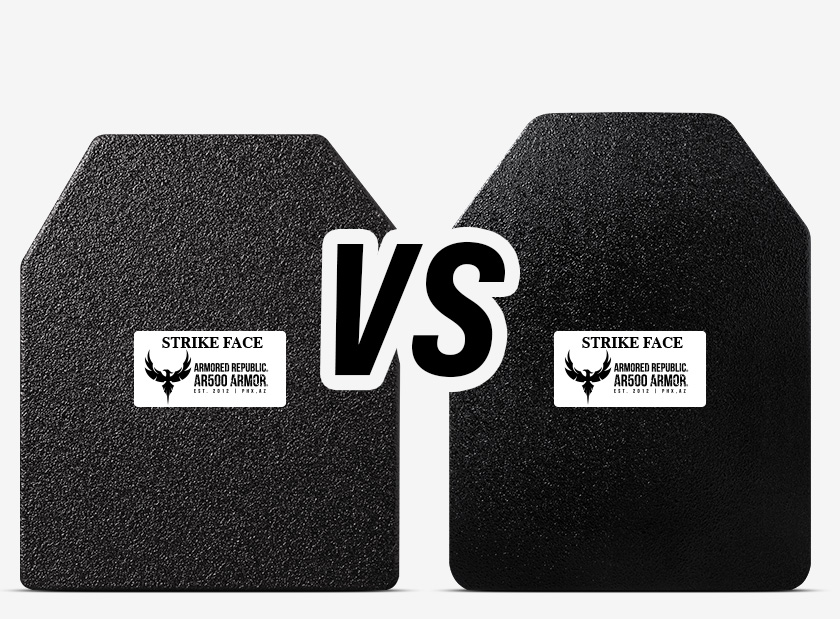
There are many types of armor plates to choose from, each with their own pros and cons. Today we’re going to look at the differences between steel armor plates and ultra high molecular weight polyethylene (UHMWPE, or PE for short) plates.
Steel Armor
Steel armor is called a lot of things, but fragile isn’t one of them.
Steel armor is tough. People have dropped them, run them over with forklifts, and dumped mag after mag of rounds into them, and they just kept on going. Steel armor plates are very affordable for the level of protection offered.
But ballistic steel plates aren’t without their challenges, the most notable being weight, bullet fragmentation, and ineffectiveness against armor piercing or some super high-velocity ammunition.
Polyethylene Armor
Polyethylene (PE) plates are made from ultra high molecular weight polyethylene (UHMWPE), which is a ballistically resistant plastic. PE plates are made of many layers of the PE material that have been compressed and heated until it forms a hard monolithic plate.
Compared to steel, PE plates have a lot of things going for them. PE plates weigh less, float, and are effective against high velocity, non-AP or ‘green tip’ ammo.
The downsides of polyethylene plates are that they’re significantly thicker than steel, much more expensive than steel, and can lose ballistic integrity if they get too hot.
Steel vs. PE: The Breakdown
|
Steel |
UHMWPE |
|
|
Protection Rating* |
Level III, III+, III+LW |
Level III |
|
Edge-to-Edge protection |
Yes |
No |
|
Shelf life |
20 years |
5 years |
|
Multi-hit Capable |
Yes |
Yes |
|
Weight |
6.5 - 9.5 lbs |
3.5 lbs |
|
Thickness |
.75” |
1.0 - 1.5” |
|
Stops 5.56 M193 |
Yes, Level III+, III+LW** |
Yes |
|
Stops 5.56 M855 ‘green tip’ |
Yes, Level III, III+, III+LW |
No |
|
Stops 7.62x51 ball |
Yes, Level III, III+, III+LW |
Yes |
|
Frag & Spall protection |
Yes, with FragLock™ coating |
Yes |
|
Affected by extreme heat/cold |
No |
Yes*** |
* Level III+LW = III+ Lightweight
** Level III+LW stops M193 to 3,000 FPS bullet velocity
*** Prolonged exposure to below -15F (-26C) or over 150F (65.6C), or any surface melting from heat could cause PE plates to fail. If damaged, replace the plate
Backface Deformation
One of the other significant differences between steel and PE armor is in the area of backface deformation, which is the area displaced on the backside of armor when a bullet strikes it. The NIJ standards allow for up to 44mm (about 1.73") of backface deformation, but steel armor tends to handle it much better than PE plates.
For more information on backface deformation, visit our YouTube channel, where we have several videos showing examples of different levels of backface deformation.
The Wrap Up
So which should you buy? As with most everything in the industry, the answer is “it depends.” Armor is a compromise between protection, price, and profile (weight/thickness). Both steel and PE have their pros and cons.
- If weight is the deciding factor, then PE plates are really your only choice, but you’re going to pay for that
- If durability, price, and longevity are important to you, the steel plates are a great choice
To learn more about the various types of body armor, visit our Body Armor 101 education page.
